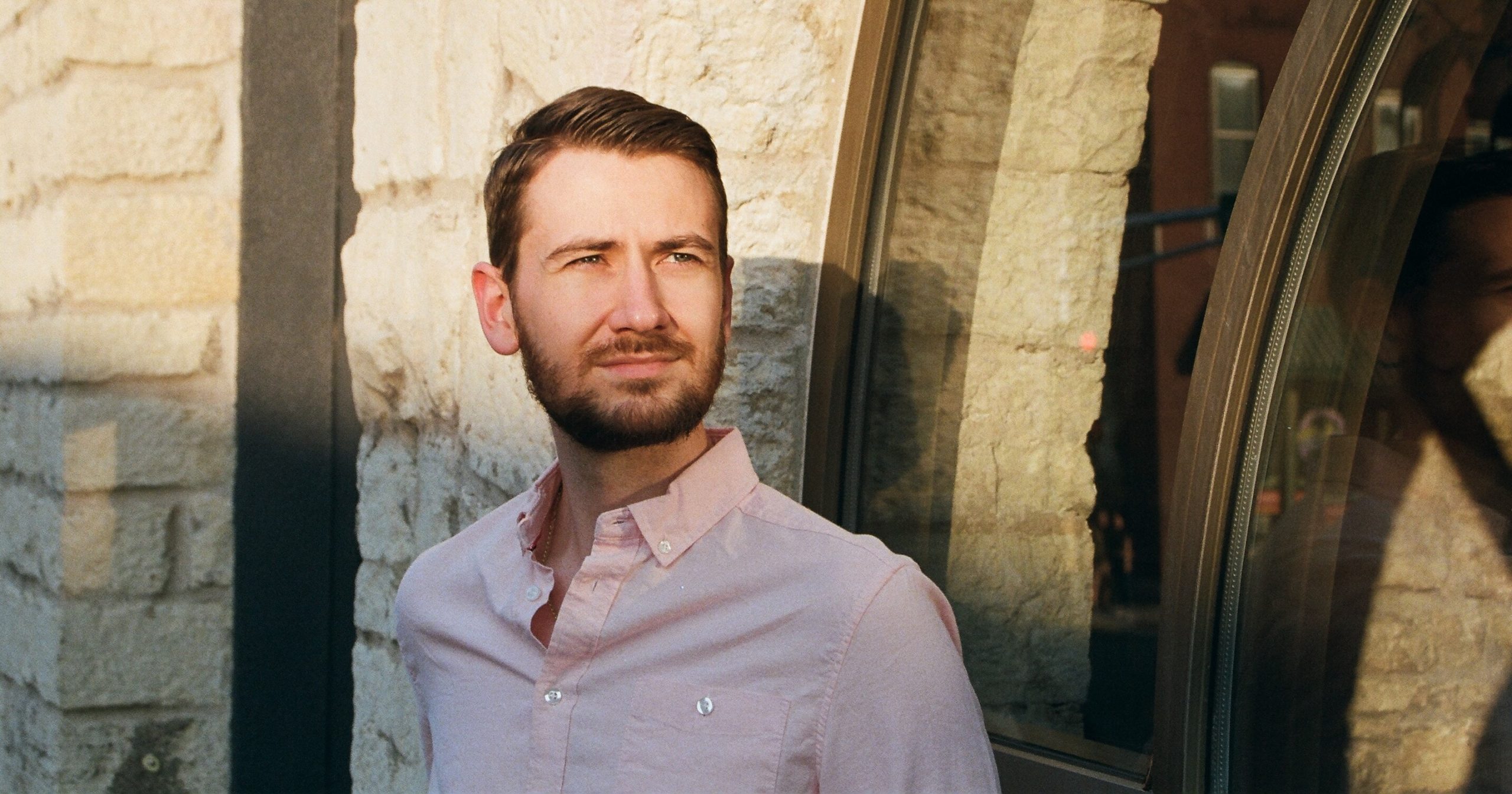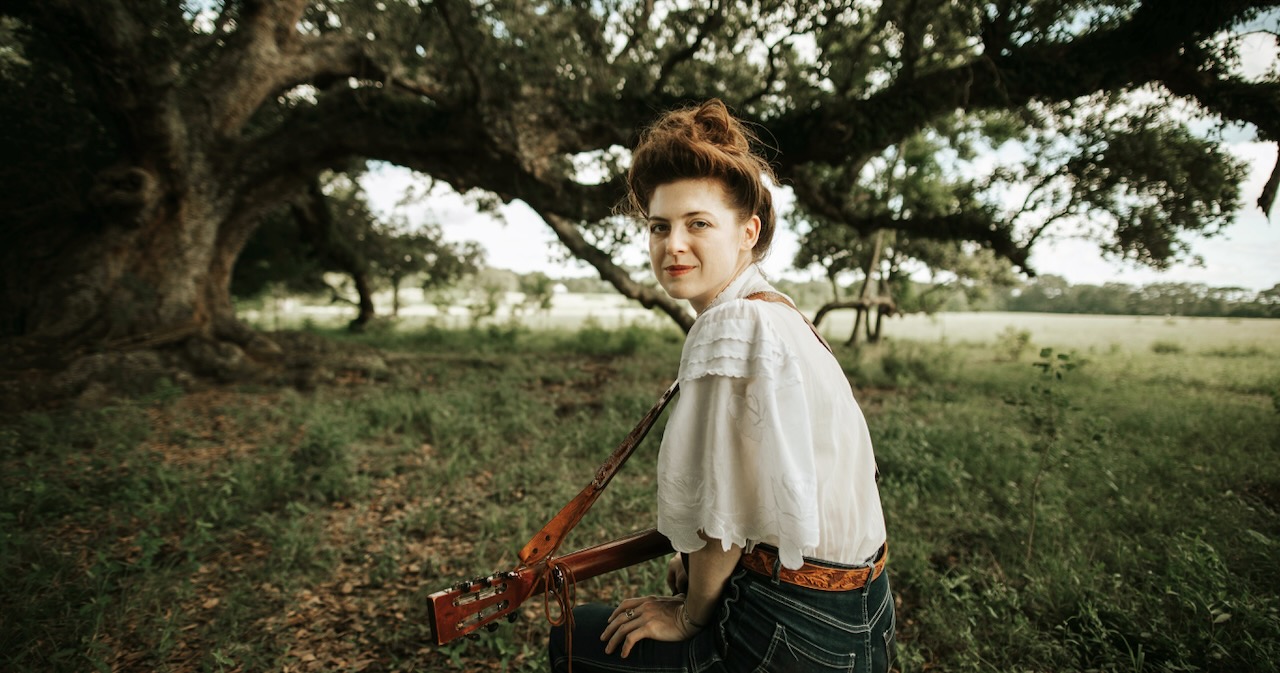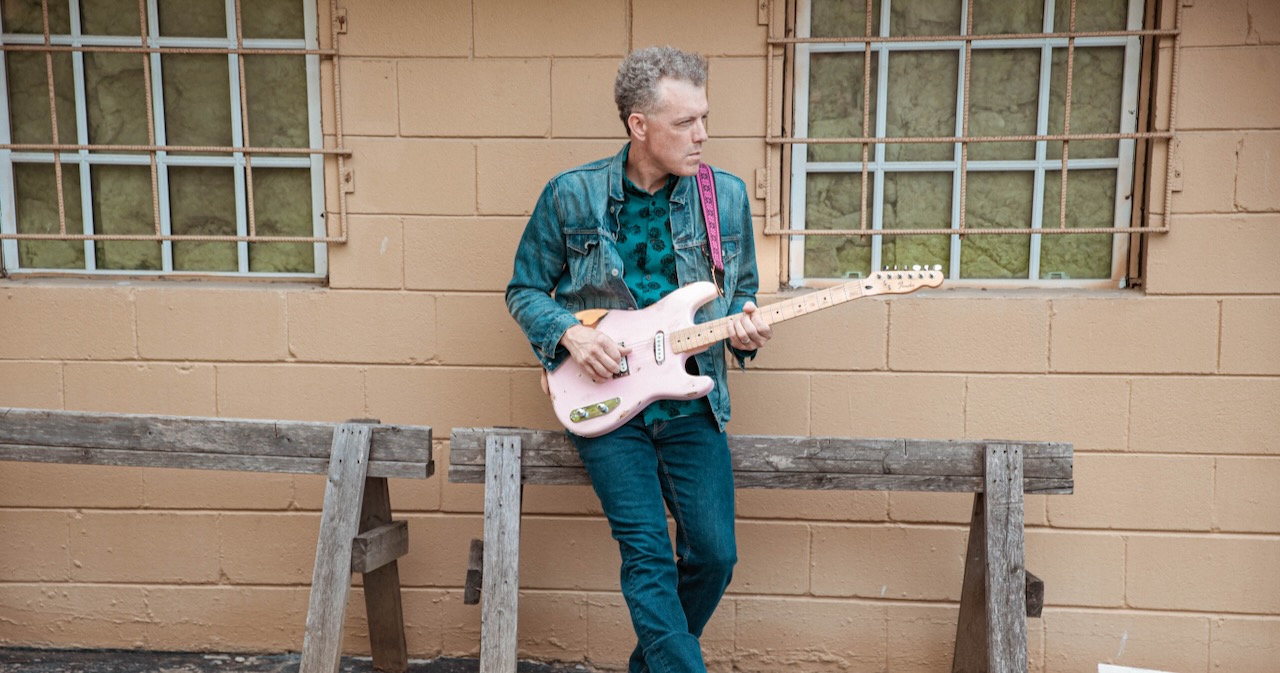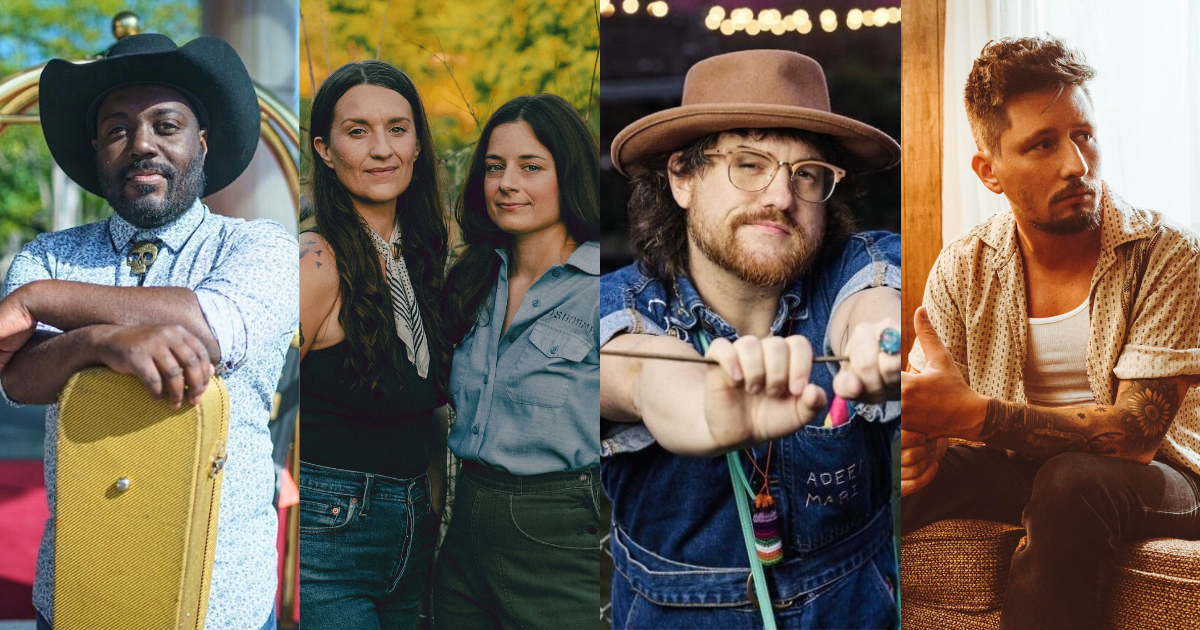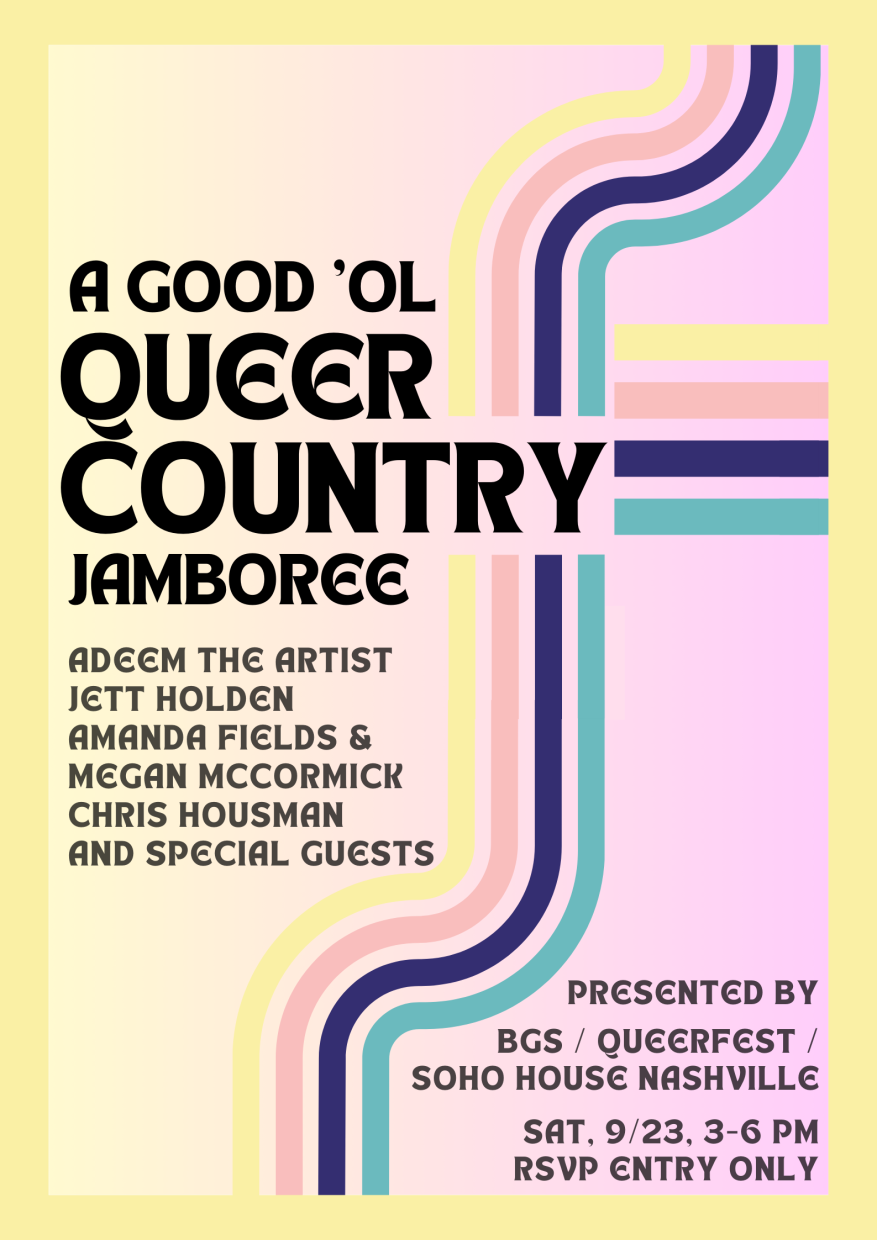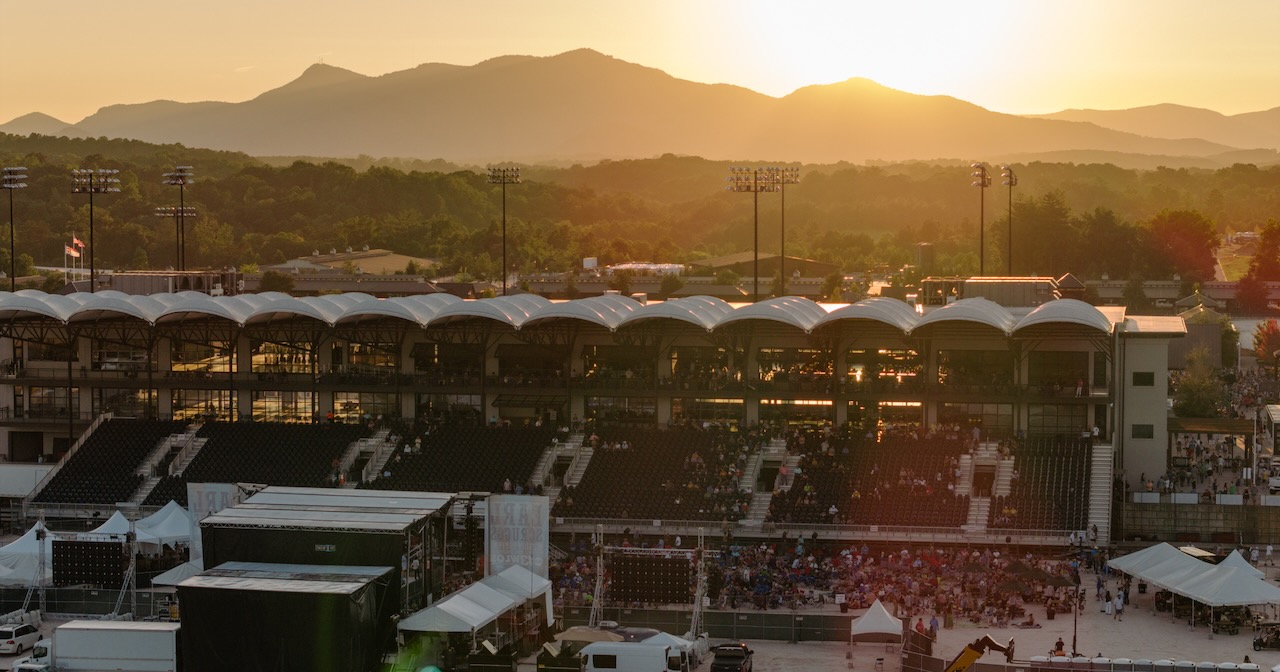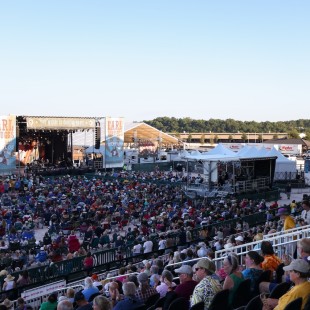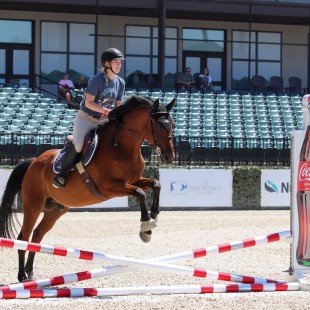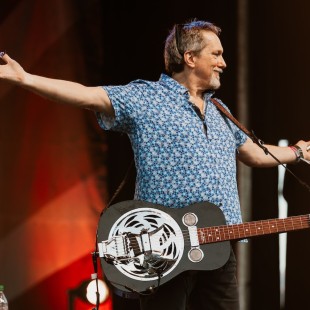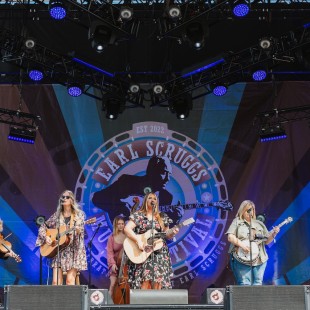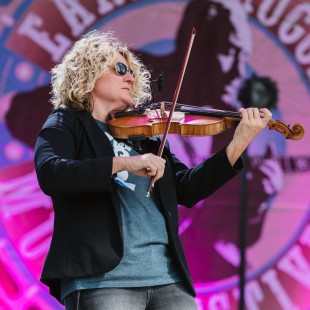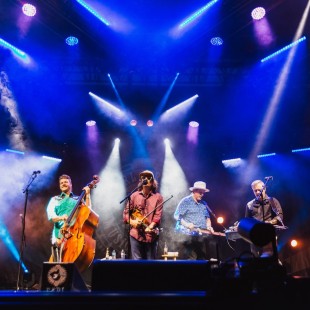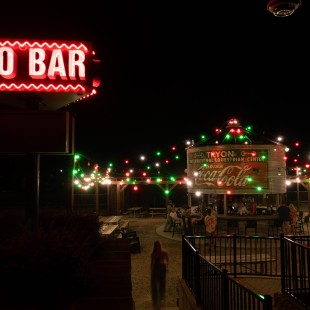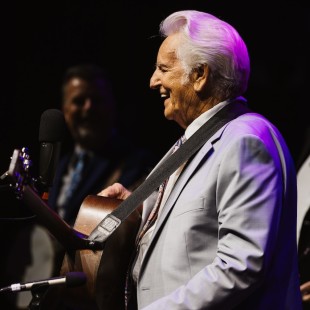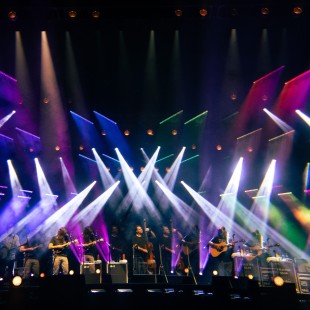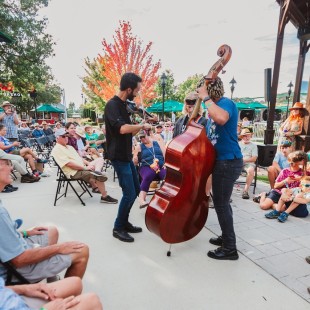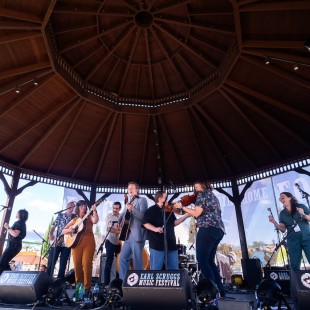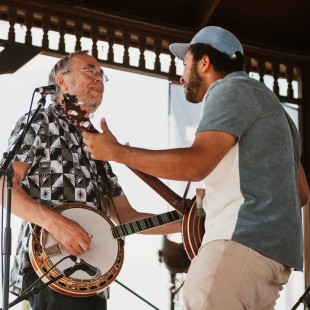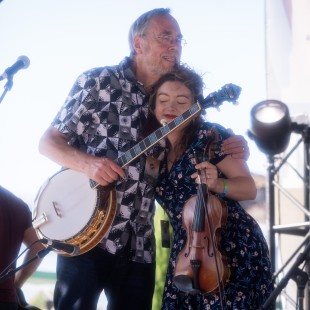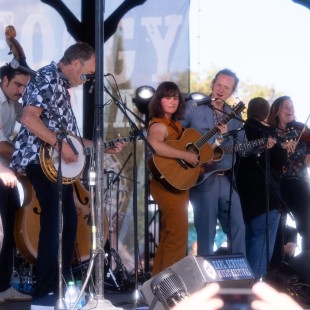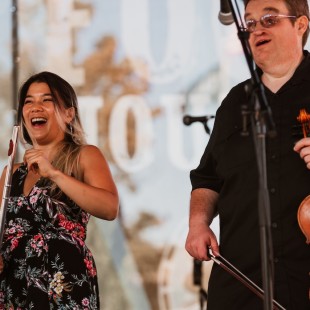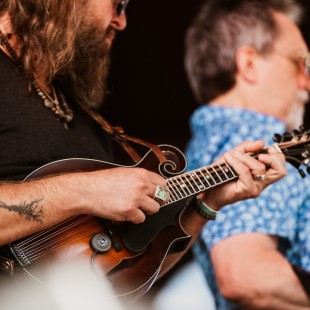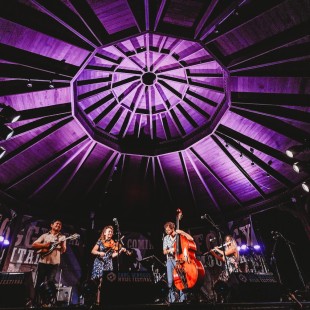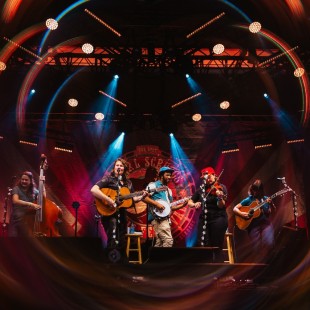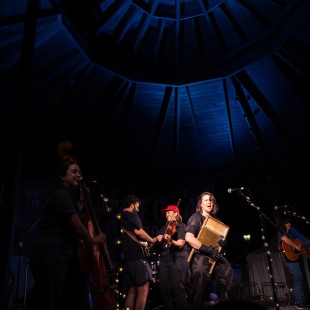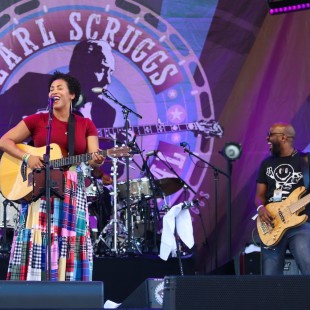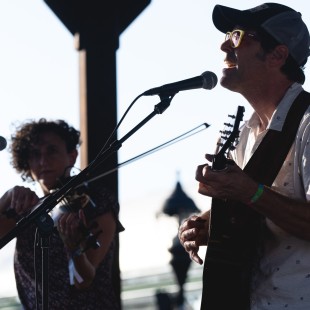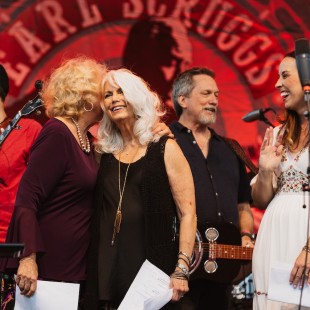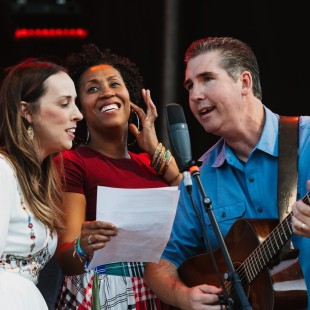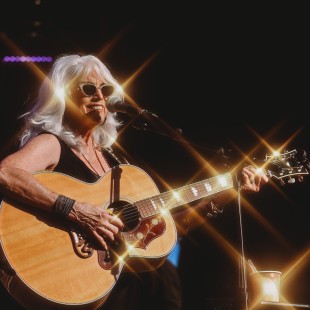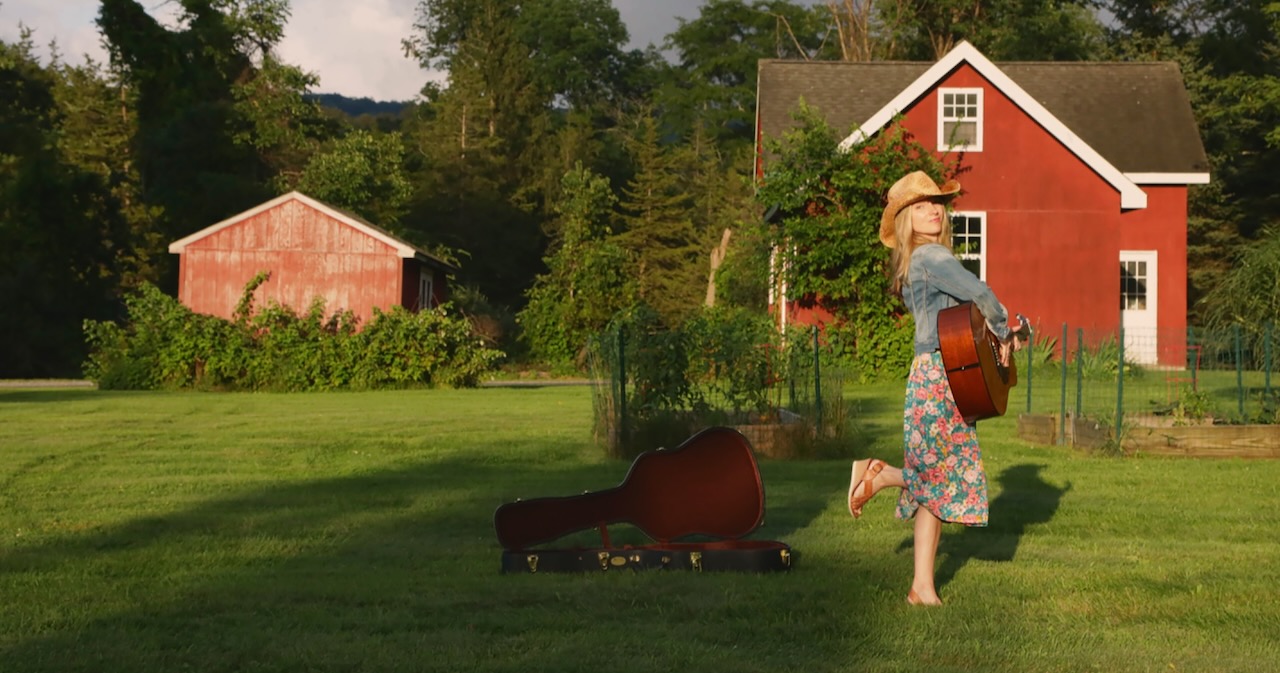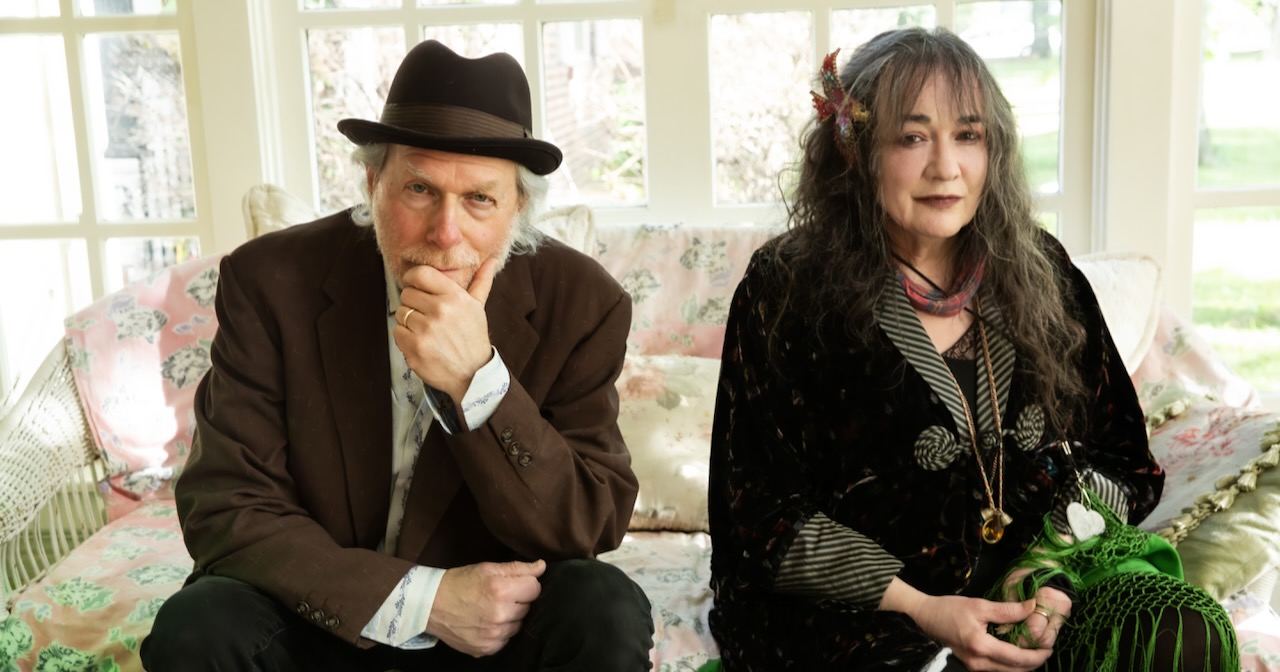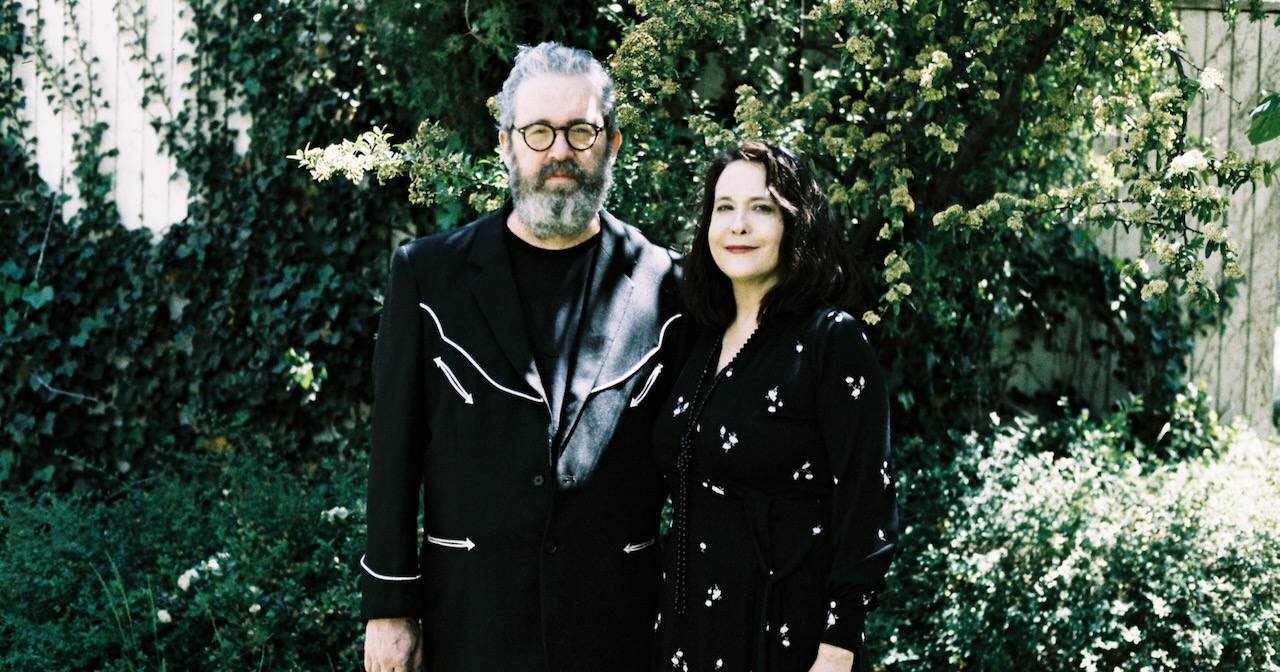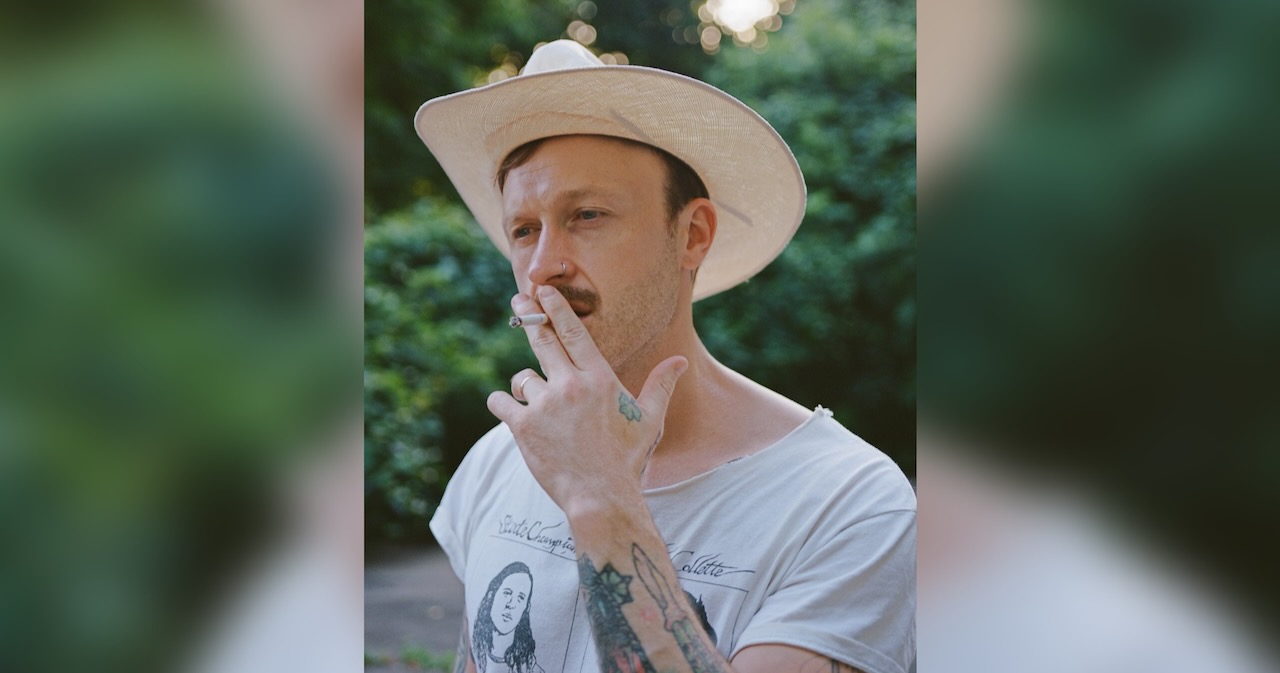Artist: Luke LeBlanc
Hometown: Minneapolis, Minnesota
Song: “A Place”
Album: Places
Release Date: September 15, 2023 (single); October 27, 2023 (album)
Label: Real Phonic Records
In Their Words: “After I released my last album, Fugue State, in fall 2022, I could feel a switch in my mind toggle from ‘Logistics Mode’ to ‘Creative Mode.’ The logistical web of coordinating an album release, booking shows, and scheduling rehearsals was broken apart by a rush of melodies and lyrics that led to some eventual demo recording in my spare time. Two months later I nearly had enough songs for another album, and on a frigid Minneapolis afternoon in January, I texted Erik Koskinen (producer) to set up a time to chat. We eventually made a plan to track this new album live, with a mindset intent on capturing the energy, ebb and flow, and spontaneity that live performance provides.
“‘A Place,’ the lead song from this upcoming record, Places, revolves around a practice I’ve found to be essential for performing live: accepting the place you’re in and then living in it fully. In the studio, a song you demo’d at home, just how you like it, might not sound the same way once the actual band is there recording. You might hit one wrong note on the guitar during the best take of the song, leaving you to decide whether to wear everyone out by doing another take or accept the imperfection, sacrificing ‘perfect’ for that authentic ‘feel,’ realizing that the perfect take doesn’t exist, anyway. While challenging, learning to accept, embrace, and love when things don’t go to plan while recording live unlocks new ways for songs to live and breathe.
“Outside of recording processes, ‘A Place’ is a song that takes a stab at analyzing this search for the ‘perfect place’ of being, both emotionally and physically. The way we’re inundated with ads encouraging us to ‘work on ourselves,’ ‘feel healthier,’ and ‘live better’ are all well and good, but they make it easy to forget that it’s okay to pull up a chair in whatever place we’re in, whether it be good or bad, and feel it. After all, sometimes the easiest way to get through turbulent waters is to just ride the wave.” – Luke LeBlanc
Photo Credit: Sarah Bel Kloetzke
